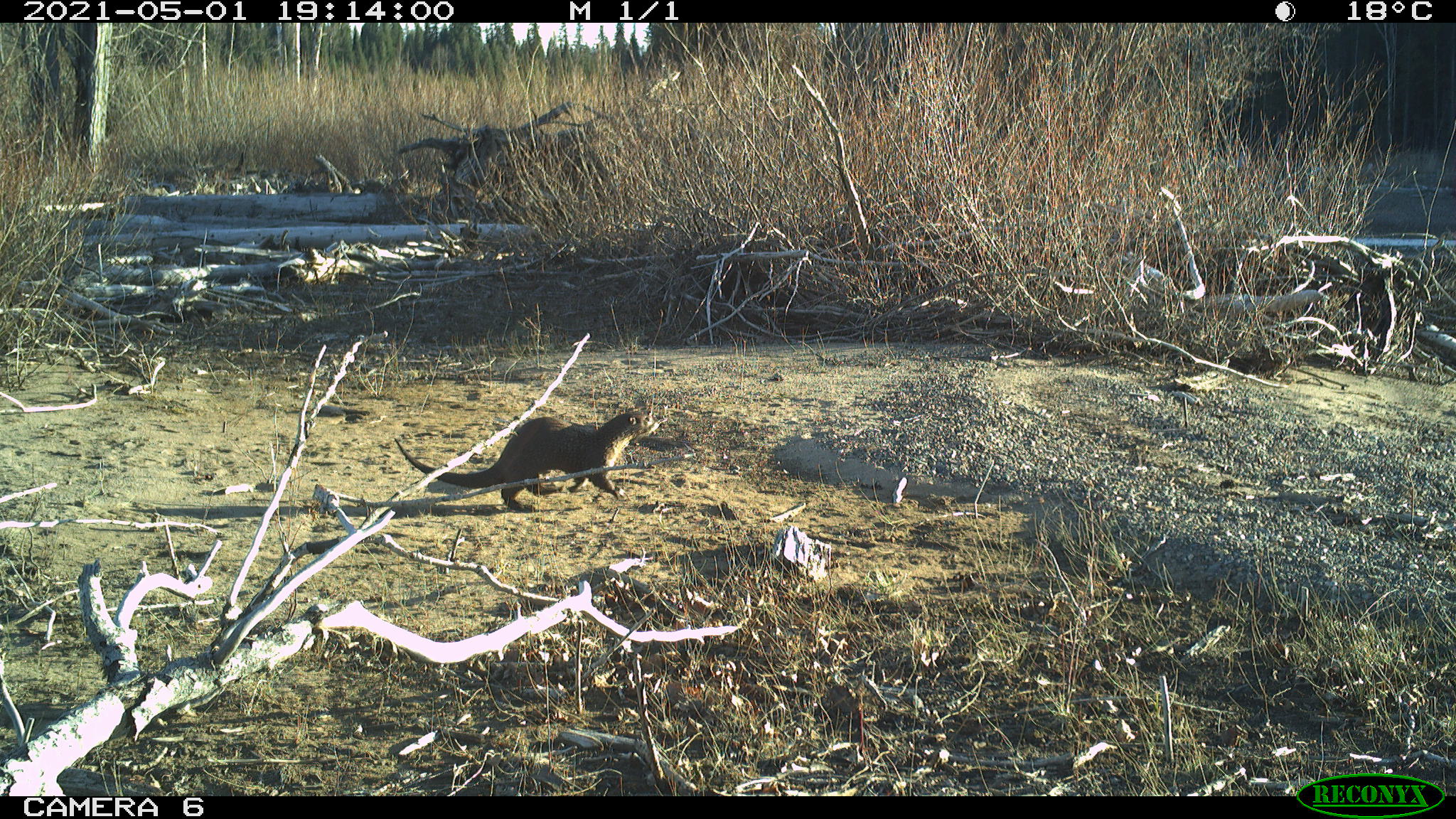A Wildlife Monitoring Plan has been implemented in the Hazeltine Creek corridor, utilizing wildlife cameras to build an inventory of animals that are using the corridor to support local wildlife studies.
Environmental monitoring programs and closure research projects at Mount Polley mine site have successfully reached several milestones since inception in 2014. Post-remediation monitoring in lower Hazeltine Creek and Edney Creek have reported significant improvement in water quality to promote increased aquatic habitation. All areas that were disturbed by the 2020 construction near Hazeltine and Edney Creek were seeded with a variety of local, non-invasive vegetation comprised of Mountain Brome, Native Red Fescue, Rocky Mountain Fescue, Bluebunch Wheatgrass, Blue Wildrye, Fireweed, and Big Leaf Lupine. This selective plant growth not only helps re-introduce wildlife usage in the area but, creates a suitable habitat for a diverse range of wildlife activities from nesting birds to foraging and predator/prey interactions. To better understand the impacts and implications of these programs and remediation efforts on Mount Polley as well as potentially other mine sites, specialized wildlife cameras have been installed for mammal species monitoring. As a result, an inventory of identified species including numerous bird species and even some large insects within the Hazeltine Creek corridor by remote cameras have captured a library collection of raw footage.
The gallery below offers a preview to the library of photos retrieved by on-site staff.
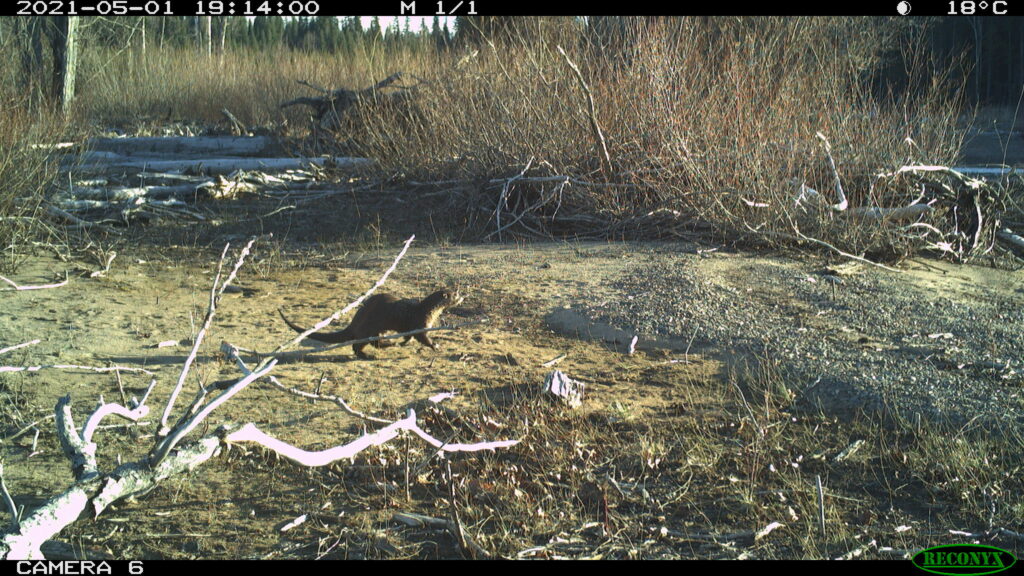

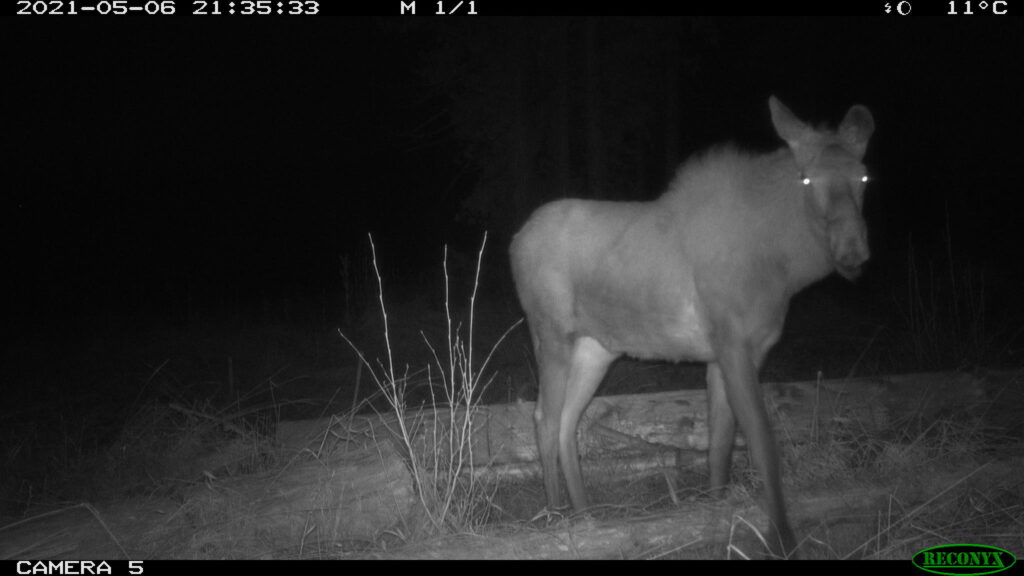

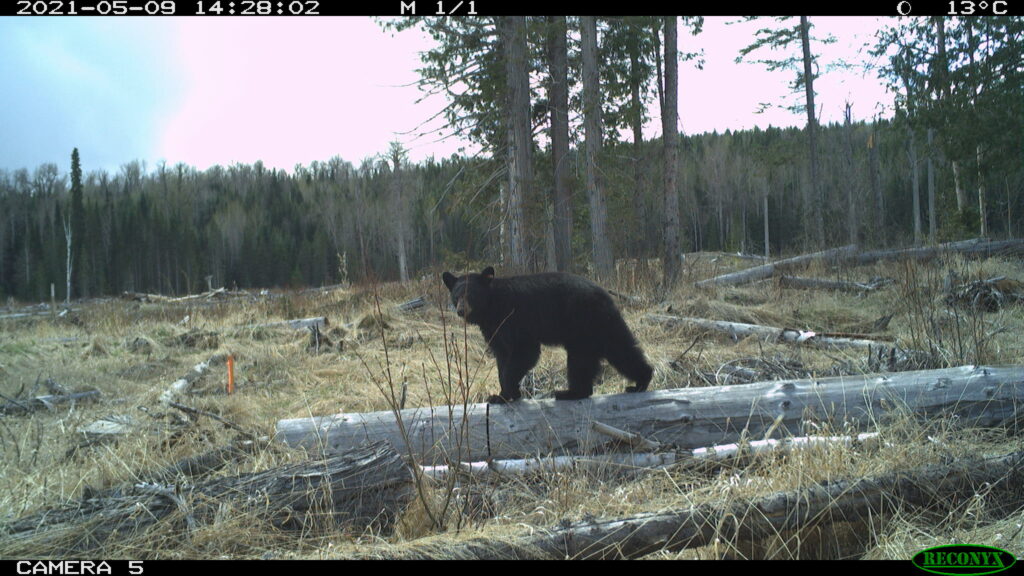

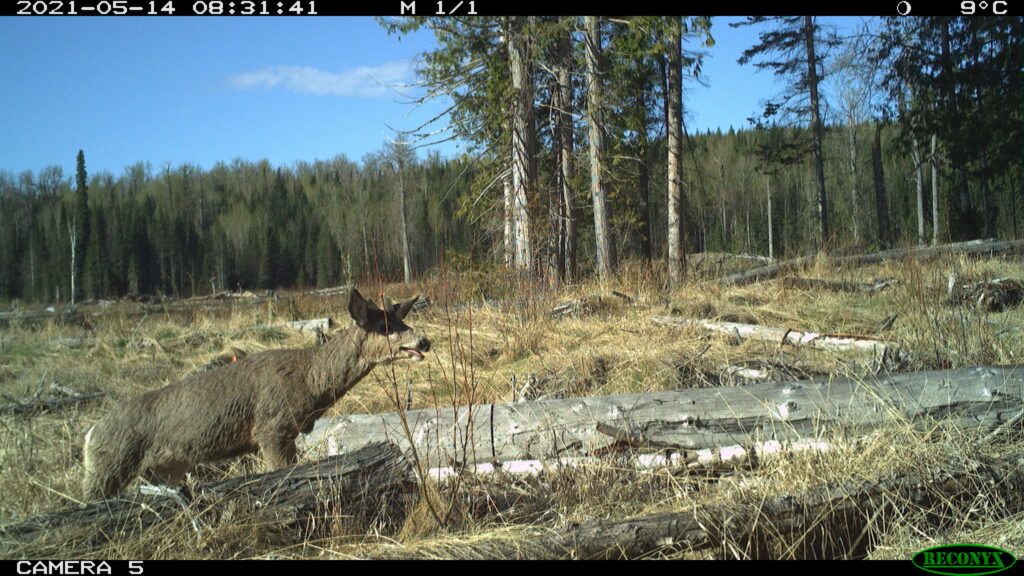

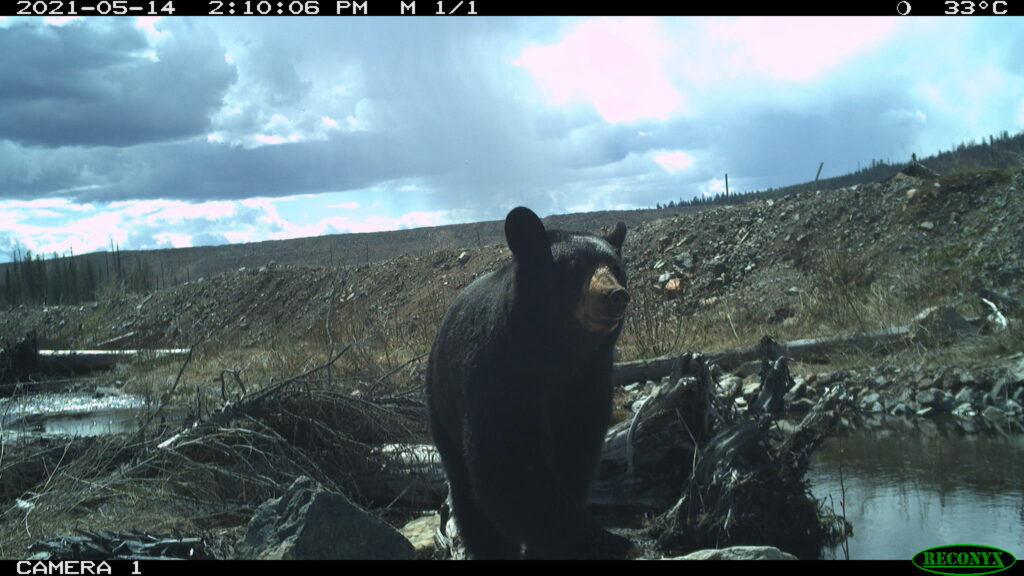

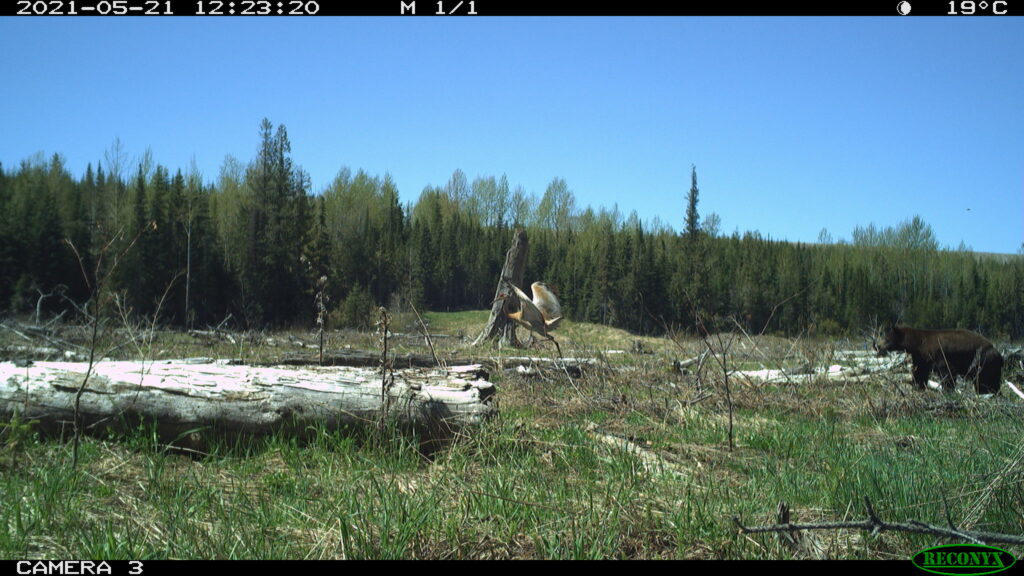

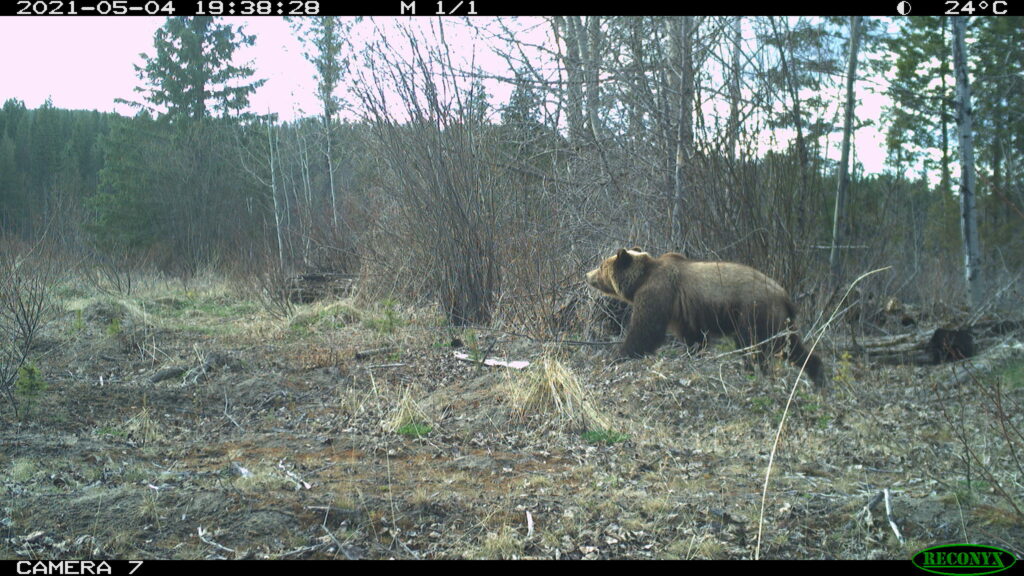

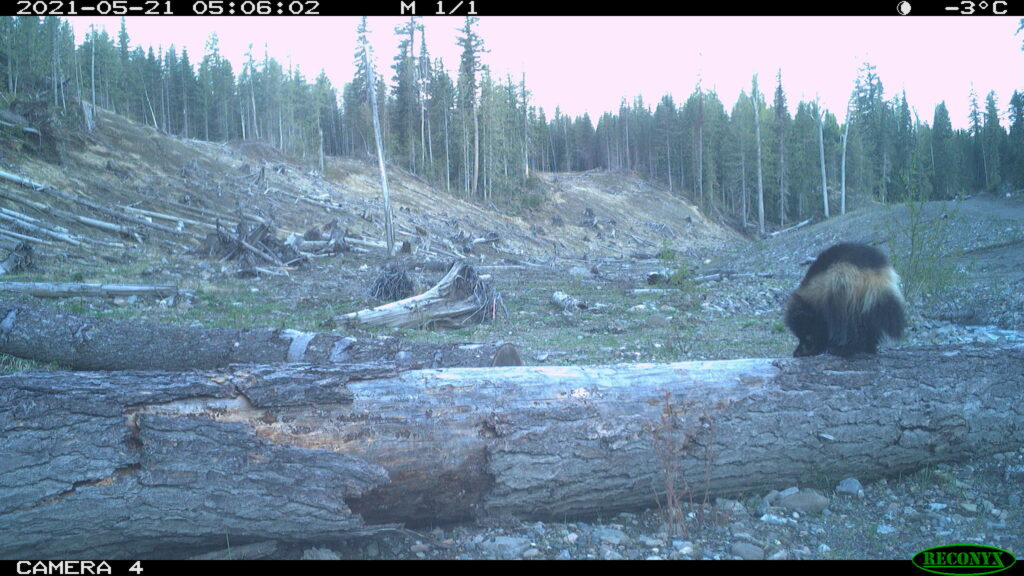

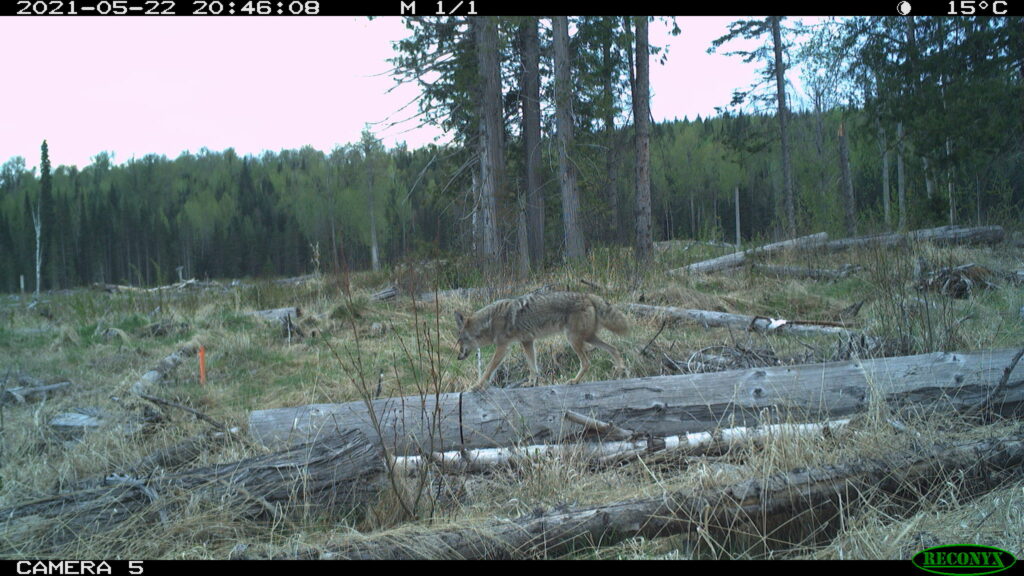

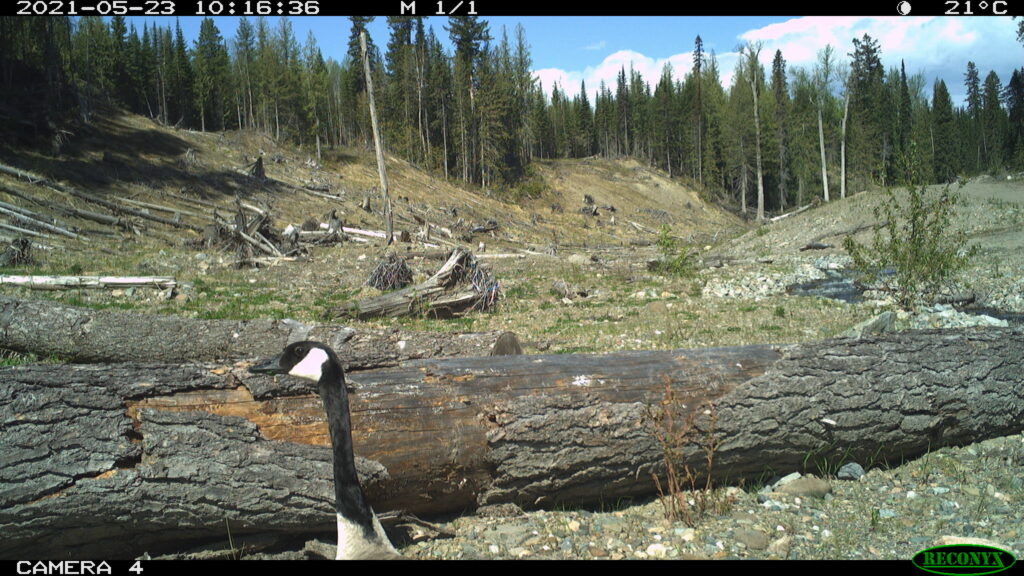

In addition to creating a mammal inventory, the study was also intended to identify whether wildlife usage was negatively impacted following the dam incident. However, review of the current inventory suggests that usage was not impaired. On the ground, staff are also seeing a prevalence of locally known mammal species such as bears, mule deer, and moose.
Although it is a little too early to confirm any trends, photos of wolverine, which are quite uncommon in the area, also suggests that the remediation efforts have potentially created an environment that is becoming well received by a more diverse group of terrestrial lifeforms and continues to be home to the local ecosystem entirety.
The team will continue to conduct non-intrusive, wildlife research monitoring to better understand local animal activity and behaviour. Everyone on site shares their wildlife observations with staff, which are recorded in a wildlife tracking table. Mount Polley’s team are committed to completing the in-stream work this year as well as the remaining terrestrial remediation within the next two years. Updates on the remediation work at Mount Polley mine are available in the quarterly Community Update newsletters on mountpolley.com.
